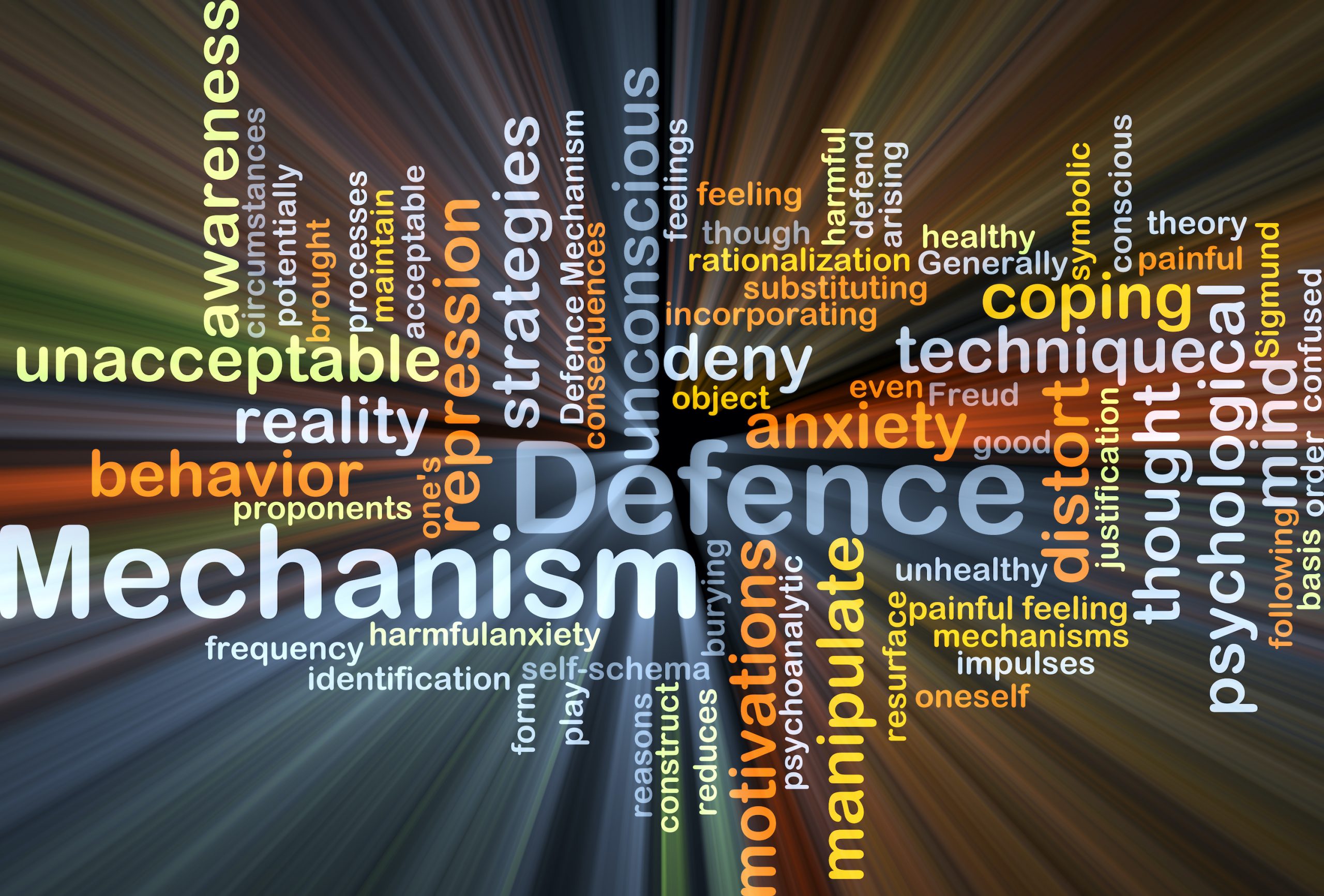
30 May Denial and Avoidance Defense Mechanisms for Anxiety: Treatment Implications for Practitioners
Defense mechanisms are unconscious psychological responses, defined initially by Sigmund Freud in his psychoanalytic theory. People utilize defense mechanisms to protect themselves from psychological distress, such as trauma, threats to self-esteem, and anxiety. Defense mechanisms manifest in various ways; however, denial and avoidance are commonly employed psychological defense mechanisms against the emotional distress created by anxiety.
Freud originally conceptualized denial as a defense mechanism as the refusal to acknowledge disturbing aspects of external reality and the existence of disturbing psychological internal thoughts, memories, or feelings. Engaging in denial results in the individual ignoring or refusing to accept the realities creating anxiety. Similarly, avoidance results in dismissing uncomfortable thoughts or feelings or avoiding people, places, or situations that create anxiety. Avoidance is easily identifiable as people typically engage in this behavior consciously and intentionally.
Denial and avoidance are similar tactics that a person with anxiety may employ to reduce the severity of the emotional distress they experience. One difference, however, is in the conscious awareness of the behavior. Individuals engaging in avoidant behavior can be cognizant of the choice, as avoiding the stressor is intentional. Denial, on the other hand, is likely more unconscious. An individual employing denial as a defense mechanism unconsciously refuses to recognize or acknowledge objective facts or experiences to protect the person from discomfort or anxiety.
For behavioral health professionals, distinguishing between denial and avoidance in their patient’s defense patterns is critical to treatment outcomes. Both denial and avoidance are employed by individuals struggling with psychological distress to protect themselves and cope with the emotions experienced. Denial, however, is often unconscious. Therefore interventions implemented too early in the therapeutic relationship may result in premature dropout from treatment. Research conducted in 2007 found that it was not the severity of the psychological symptoms that predicted poor clinical outcomes due to loss of contact. Instead, individuals had poorer insight and stronger adherence to their defense mechanisms. Additionally, a 2013 study reported in the Journal of Cognitive Psychotherapy found that higher levels of denial were associated with poorer outcomes in change to anxiety levels.
In 2017 the Journal of Psychology & Psychotherapy issued recommendations to consolidate theory, research, and practice for defense mechanisms. Practitioners working in schools and other public settings may receive referrals for individuals not independently seeking interventions, thus introducing further complexity into the therapist-patient dynamic. The research suggests that understanding the patient’s insight into the defensive mechanisms they employ is essential to positive treatment outcomes. Adequately assessing this insight will promote the ability to determine the appropriate time to address avoidance or denial.
The researchers also concluded that practitioners must be wary of the affective material that is defended against, compartmentalized, or expressed. The patient’s emotional activation can be monitored throughout the session to help ensure that interventions are timed well for the patient to be ready to challenge that defense. Offering the development of alternative, healthier defense strategies can support positive outcomes in this process.
Denial and avoidance are commonly employed defense mechanisms for individuals experiencing anxiety. Comprehensive assessments support a greater understanding of the patient’s use of these defensive means of coping and support better treatment outcomes. Such an approach will support the success of practitioners based in schools in assisting children struggling with anxiety and who may be engaging in avoidance and denial behaviors.




